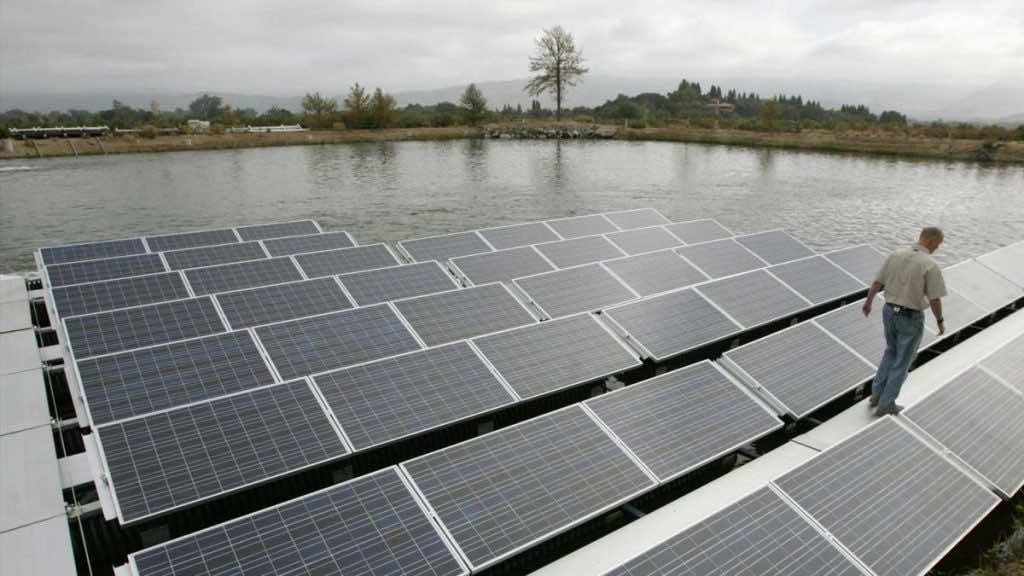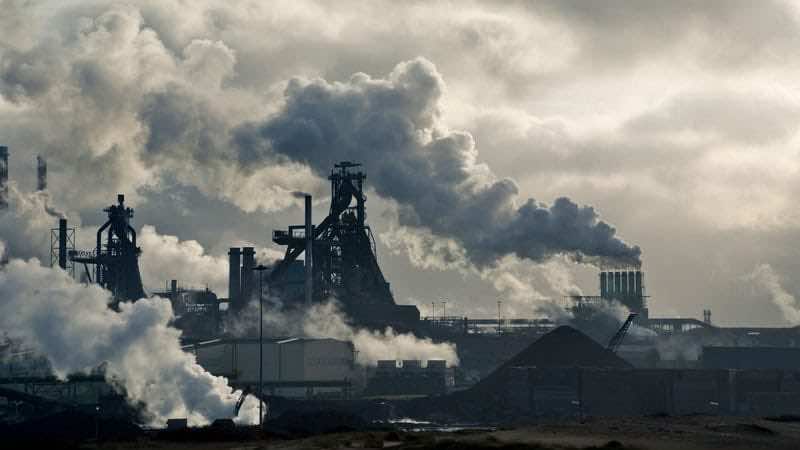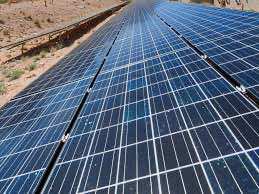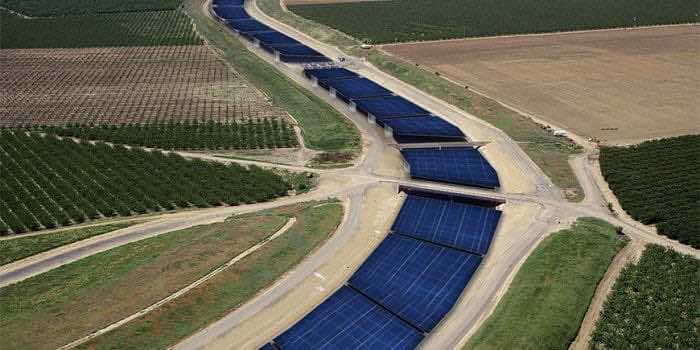Covering the water canals of California with solar panels would be a single investment, with two profits. It would save billions of gallons of water and would also produce electricity in abundance for the state.
The latest research found the interconnected nature and costs of running water across California. The new study states that by installing a covering of solar panels over the canals, the water would be saved from evaporation, resulting in multiple benefits compared with installing the same amount of solar panels on the ground. NRG energy researched the AquaGrid, with support from the Bay Area agency Citizen Group.
The research states that by installing solar panels over the running canals, around 63 billion gallons of water would be saved from evaporating. It is the same amount of water needed for a population of more than two million people for a year. The AquaGrid project would generate around 13 gigawatts of power, which is about one-sixth of the state’s total energy through different production methods. The solar energy produced would be sufficient enough for the state to meet its decarbonizing goals by 2030.
“The SolarAqua Grid model provides a combined, integrated response to addressing our water/energy nexus,” Bales said. “It can help address California’s underlying vulnerabilities while meeting both state and federal level commitments to produce renewable energy, lower greenhouse gas emissions and mitigate climate change. Solutions such as these are not only viable but more urgently needed than ever before, particularly as the region returns to what many researchers refer to as a paleo-drought — a worst-case scenario for water managers.”

“We were surprised by the significant evaporation savings, which we project to be as much as 82%,” added UC Santa Cruz postdoctoral scholar Brandi McKuin, lead author of the report. “That amount of water can make a significant difference in water-short regions.”
The research states the solar panels won’t only shade the running canals but also aid the growth of aquatic weeds. The solar panels’ maintenance costs would be reduced as the little evaporation that would still take place would actually cool them down, resulting in increasing their efficiency.
The project would result in an annual $40,000 of savings for each mile of the canal. Moreover, replacing the diesel pumps and generators with solar arrays would result in cleaner air for California, especially the Central Valley.

“What is most compelling about this study is that when you tally up the multiple benefits,” Bales said, “solar over canals represent the sort of shift in thinking that California and the world need as we transition our economy and infrastructure to a fossil-free, sustainable future.”
The study seems promising and has a project with multiple outcomes, all in California’s favor. The effective idea came out when the world is shifting towards renewable energy while eliminating the use of fossil fuels. Researchers are finding ways how energy infrastructure and aging water can adapt to the challenges of sustainable management of water, multi-day power outages, and an American West’s ‘megadrought.’
The U.S government has called for the modernization of water, transportation, and energy infrastructure to sustain the effects of extreme weather. Federal agencies have been asked to trace-out new ways to integrate innovation, commercialization, and installation of renewable energy technologies. The state is expecting to be producing 50 percent of its energy from renewable sources by 2030.

“Aqueducts are the arteries of our economic and social development and have captured the public’s imagination for centuries,” said former State Water Board Chair Felicia Marcus. “A significant amount of our state’s electricity bill comes from moving, treating, and heating water, so water efficiency is also energy efficiency. We need to find every way we can to use water more efficiently, including stemming evaporative loss, as we also scale up clean energy to meet the needs of the challenging century ahead under climate change.”


